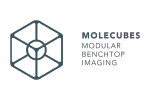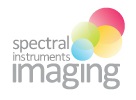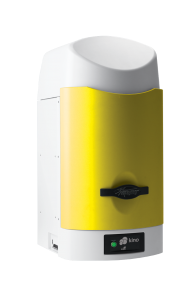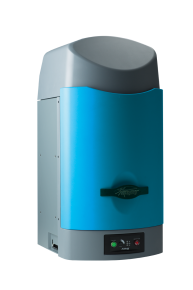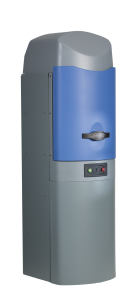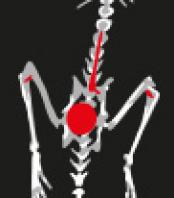The Pim family of serine/threonine protein kinases (Pim 1, 2, and 3) contribute to cellular transformation by regulating glucose metabolism, protein synthesis, and mitochondrial oxidative phosphorylation. Drugs targeting the Pim protein kinases are being tested in phase I/II clinical trials for the treatment of hematopoietic malignancies. The goal of these studies was to identify Pim substrate(s) that could help define the pathway regulated by these enzymes and potentially serve as a biomarker of Pim activity. To identify novel substrates, bioinformatics analysis was carried out to identify proteins containing a consensus Pim phosphorylation site. This analysis identified the insulin receptor substrate 1 and 2 (IRS1/2) as potential Pim substrates.
Experiments were carried out in tissue culture, animals, and human samples from phase I trials to validate this observation and define the biologic readout of this phosphorylation. Our study demonstrates in both malignant and normal cells using either genetic or pharmacological inhibition of the Pim kinases or overexpression of this family of enzymes that human IRS1S1101 and IRS2S1149 are Pim substrates. In xenograft tumor experiments and in a human phase I clinical trial, a pan-Pim inhibitor administered in vivo to animals or humans decreased IRS1S1101 phosphorylation in tumor tissues. This phosphorylation was shown to have effects on the half-life of the IRS family of proteins, suggesting a role in insulin or IGF signaling. These results demonstrate that IRS1S1101 is a novel substrate for the Pim kinases and provide a novel marker for evaluation of Pim inhibitor therapy.
Do you want to learn more? Read the whole article!



